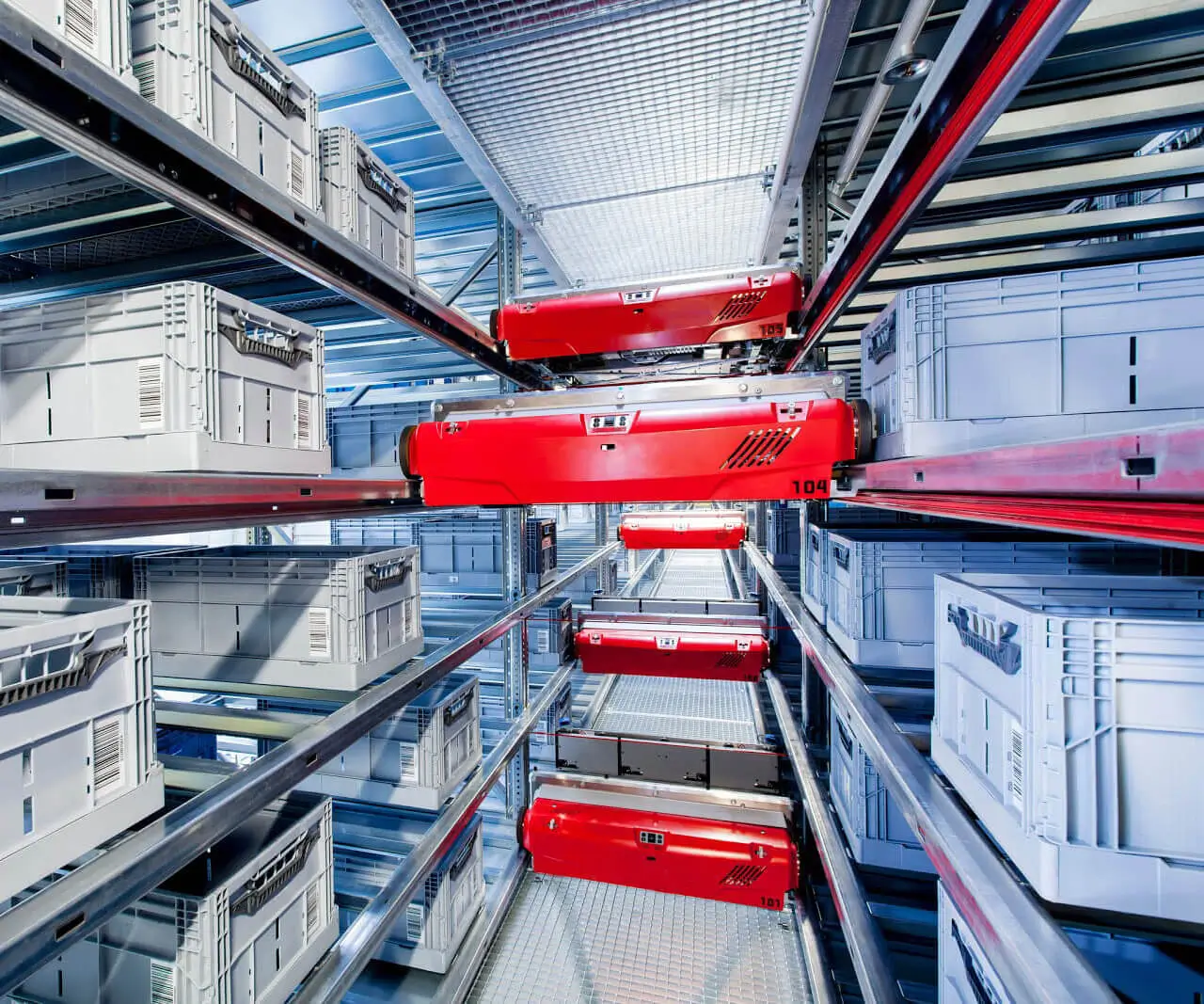Ever tried turning a simple project into something that actually works? Then you’ve probably played around with servo motors. Now, mix that with an ESP8266 and you’re basically talking about a DIY control system that’s both smart and flexible. Imagine programming a tiny device to move a robotic arm or pan a camera with just a few lines of code, all powered by Wi-Fi. That’s what makes this combo so exciting.

A lot of folks wonder if they can combine these two without running into headaches. Spoiler: yes, you absolutely can. The key is understanding how they fit together. ESP8266, that little Wi-Fi chip everyone’s talking about, acts like the brain, sending commands over the network and controlling the motor. The servo motor? It’s the muscle, doing what you tell it—whether it’s rotating 180 degrees for that perfect angle or slowly moving to a position for a smooth motion.
Here’s a question I hear a lot: “Can I control my servo motor remotely through Wi-Fi?” Absolutely. You can set up a simple web server on the ESP8266, and with a few modifications, you can adjust the position of the servo from anywhere. It’s like giving your project its own little voice, letting you command it from your phone or laptop. Imagine mounting a camera on an ESP8266-controlled servo and streaming your backyard in real time, shifting the angle with a click. Fun, right?
And it’s not just about remote control. Since the ESP8266 is pretty cheap and easy to program with Arduino IDE, beginners get a smooth ride. Plus, the module’s size makes it perfect for compact projects. Not to mention, the chassis integrated with the servo can be customized or 3D printed to suit specific tasks—this flexibility is a game-changer.
On the practical side, some barriers pop up—like power supply considerations. Servos need steady power, especially if they’re holding weights or moving loads frequently. But with a decent power source and proper wiring, you won’t have issues. Plus, relying on Wi-Fi does introduce slight delays, so in precision-oriented tasks, that’s something to keep in mind. Still, for most hobbyist projects, it’s a non-issue.
Thinking about what to build? Think about automation projects—a smart mirror that adjusts itself as you walk in, or a toy robot that responds to commands in real-time. The combination of ESP8266 and servo motors isn’t limited to robotics. It’s perfect for any gadget that requires smooth, remote-controlled motion.
Everything seems doable when you really look at the tech stack. It’s affordable, uses readily available parts, and the control logic is straightforward. Once you get the hang of connecting the dots, setting up a Wi-Fi controlled servo system becomes second nature. In a way, it’s like giving wings to your ideas—small, intelligent, capable.
What’s the biggest plus? It breaks down barriers and lets you experiment without needing an entire workshop. Whether you’re into DIY projects or prototyping, this combo opens up new possibilities. No matter where you're starting, it’s a path to smarter, more interactive creations—boldly edge into the IoT realm with a tiny chip and a servo motor.
Established in 2005, Kpower has been dedicated to a professional compact motion unit manufacturer, headquartered in Dongguan, Guangdong Province, China. Leveraging innovations in modular drive technology, Kpower integrates high-performance motors, precision reducers, and multi-protocol control systems to provide efficient and customized smart drive system solutions. Kpower has delivered professional drive system solutions to over 500 enterprise clients globally with products covering various fields such as Smart Home Systems, Automatic Electronics, Robotics, Precision Agriculture, Drones, and Industrial Automation.




































